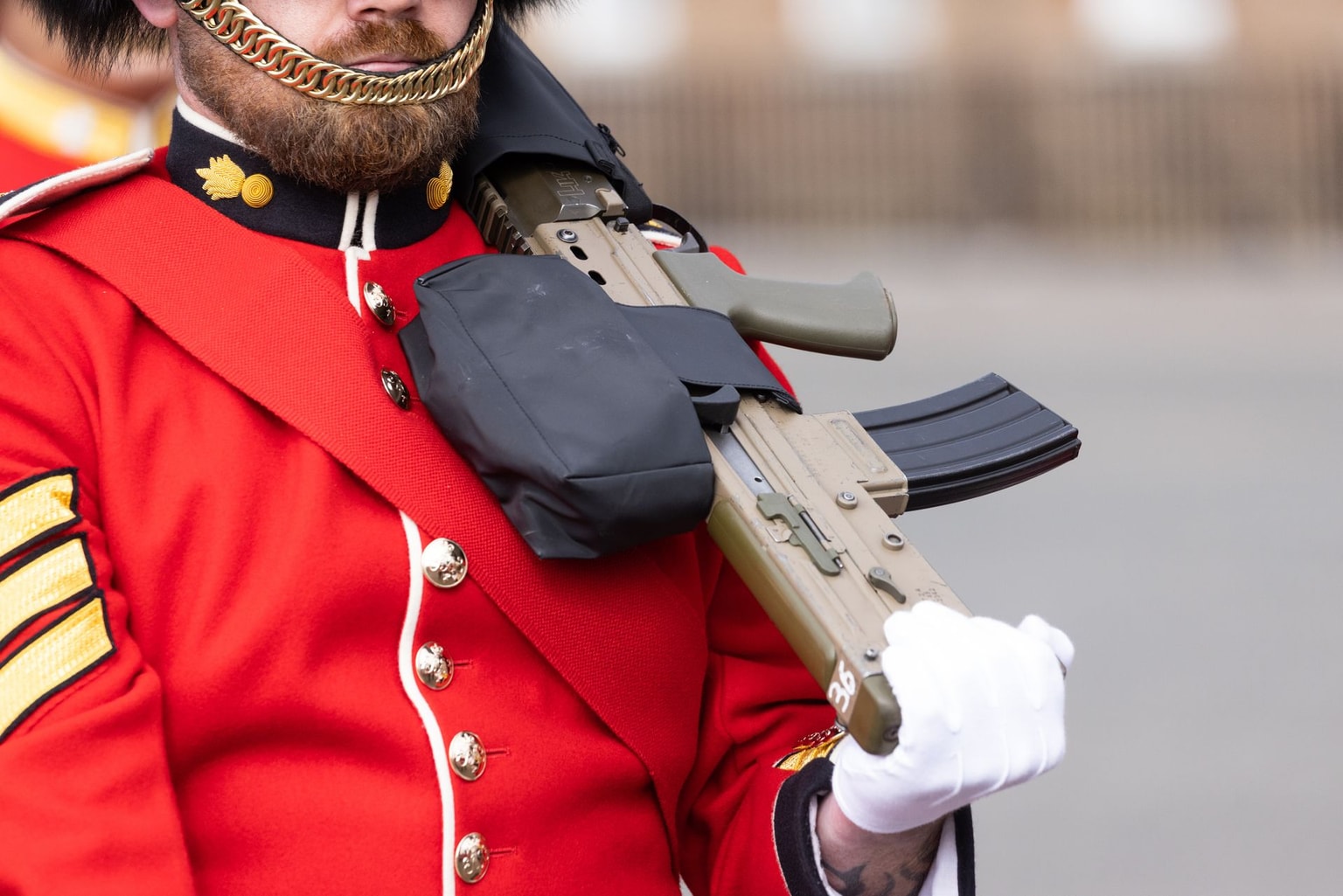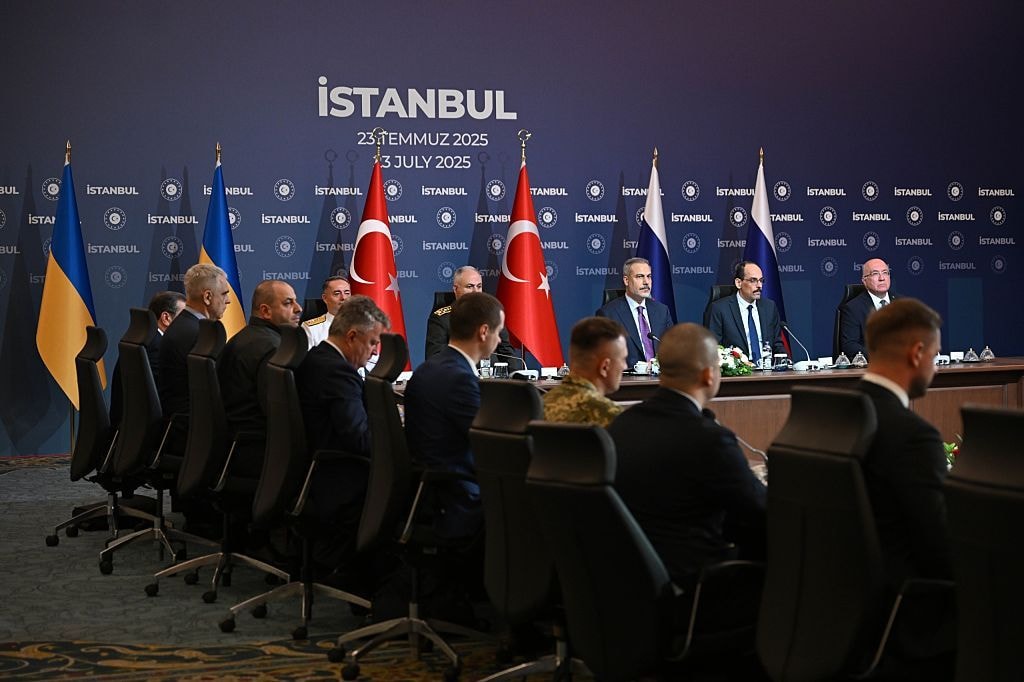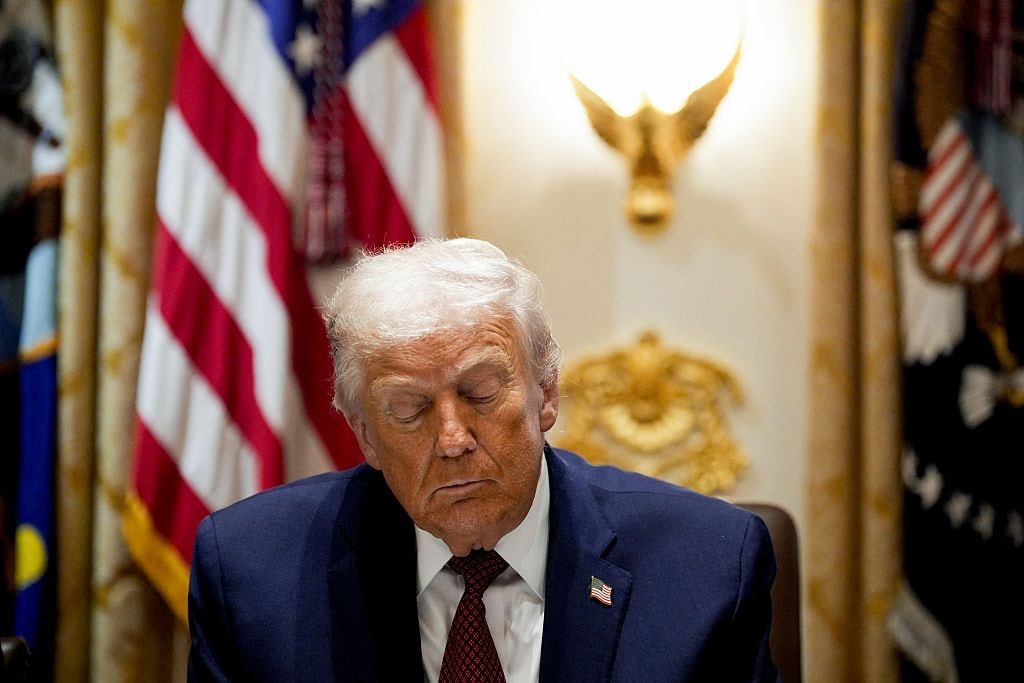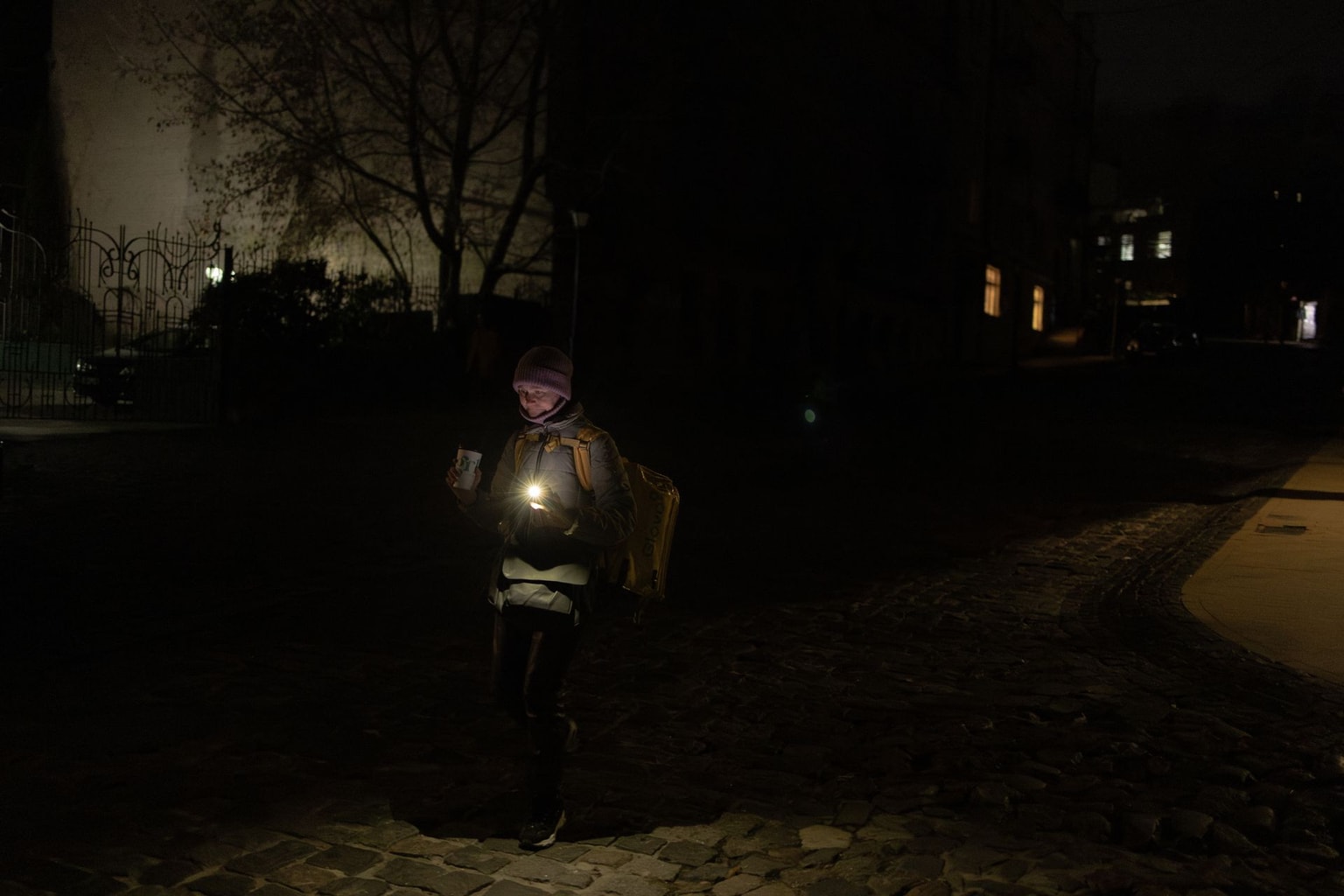Russia plans to increase grouping in Ukraine by 150,000 troops in 2025, Ukrainian official says

The Russian military plans to increase its grouping in Ukraine by 150,000 soldiers in 2025, equivalent to around 15 motorized infantry divisions, Presidential Office Deputy Head Pavlo Palisa said on April 3, Ukrainian media outlet Suspilne reported.
"Their formation is ongoing. The Russians have no problems with recruiting personnel now. However, it should be understood that all these formations cannot be put into action at the same time," Palisa said.
This buildup comes as Russia intensifies its pressure on the front line while engaging in ceasefire consultations. According to Palisa, Moscow is not interested in peace talks except in areas concerning maritime security, where a ceasefire is more relevant to Russian interests.
Ukraine had agreed to a full 30-day ceasefire in U.S.-mediated talks in Jeddah on March 11, but Russia refused unless it included conditions restricting Ukraine's military capabilities.
Instead, Ukraine, Russia, and the U.S. reached a partial ceasefire agreement protecting energy infrastructure and the Black Sea.
Since its implementation, both Ukraine and Russia have accused each other of violating the energy truce. Moscow has also linked the start of the Black Sea agreement to Western sanctions relief.
On the battlefield, Russian forces continue advancing incrementally, attempting to break through specific sections of the front, Palisa said.
He acknowledged some Russian tactical successes but said Ukraine is counterattacking and making its own gains. "If they do this, they will continue to stall (peace talks) to get time," he added.
President Volodymyr Zelensky said on Jan. 15 that Ukraine's military consists of 880,000 soldiers, tasked with defending the entire country against 600,000 Russian troops concentrated in different areas.
Ukraine has faced manpower shortages, particularly in infantry units, as Russia ramped up its offensive in Donetsk Oblast in the summer of 2024.
The pace of Russia's territorial gains has slowed in recent months. According to battlefield monitoring group DeepState, Russian forces captured only 133 square kilometers in March — their lowest monthly total since June 2024.
The slowdown has been attributed to winter conditions, effective Ukrainian drone strikes, and temporary exhaustion of Russian offensive potential.
Despite this, Russian troops continue their assault, particularly around Pokrovsk in Donetsk Oblast, where fighting intensified in late March.











